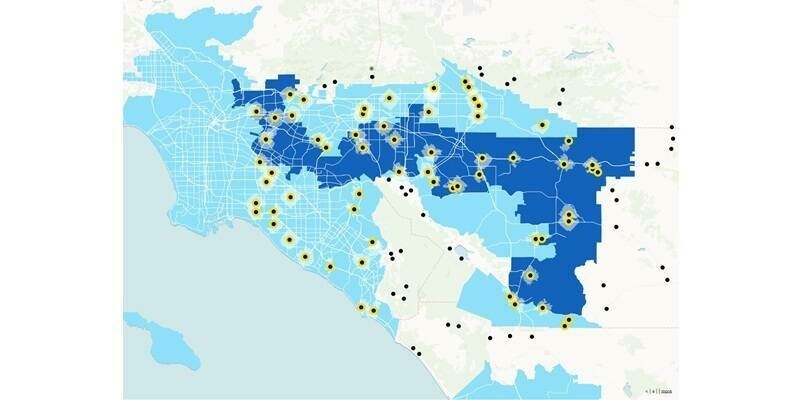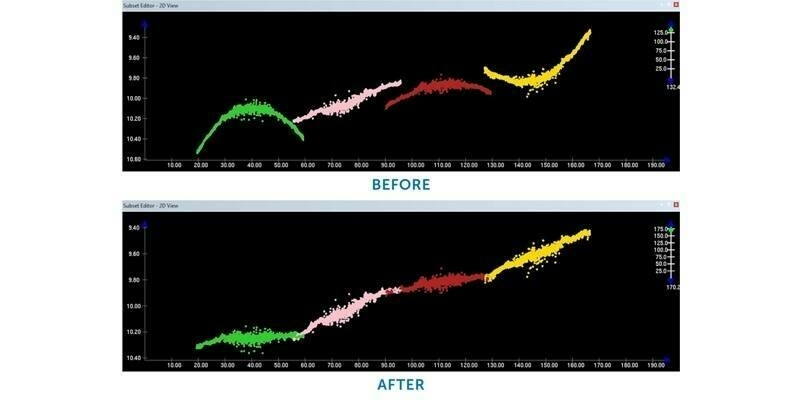This research report titled ‘Global Digital Map Market 2016-2020’ provides an in-depth analysis of the market in terms of revenue and emerging market trends. The report has taken into consideration the annual sales of licensed digital maps. Furthermore, this industry report discusses the major drivers that influence the growth of the global digital map market.
Over the years, the adoption of location-based application-enabled smartphones has gained popularity. Previously, mobile devices were merely used as communication devices. However, with the increasing functionalities and processing capabilities of smartphones and tablets, users are able to use their mobile devices to obtain real-time directions to nearby locations, weather forecasts, and traffic updates.
Since location-based advertising is cost-effective, many mobile advertisers are targeting smartphone users in their product and service marketing. All these location-based service applications and devices are built on digital maps, which provide location information to end-users. Therefore, mobile device manufacturers are developing partnerships with digital map providers to provide inbuilt digital maps in their devices.
Technavio’s ICT analysts categorize the global digital map market into three major segments by application. They are:
- Automotive navigation
- Mobile and internet
- Public sector and enterprise application
Automotive navigation
The global digital map market by automotive navigation application was valued at USD 1.6 billion in 2015 and is expected to reach USD 2.39 billion by 2020, growing at a CAGR of over 8%. IoT services are predominantly used for the remote monitoring of cars and theft recovery in the automotive industry. The growing demand for digital maps in connected cars is one of the factors that is fueling the growth of the market. The deployment of long-term evolution (4G-LTE) technologies in the automotive sector is another reason for the increased adoption of IoT solutions. Also, the sector has been witnessing a growing trend in favor of intelligent cars and transport systems, which use Internet of Things (IoT) technology to enhance safety and functionality in vehicles with complete in-built systems.
According to Rakesh Kumar Panda, one of the lead M2M and connected devices research analysts from Technavio, “Safety features using sensors have been provided in vehicles to improve the passenger experience. The growing demand for safety, convenience, and comfort is expected to increase the revenue of this application. The driver assistance system enhances driver safety by using a combination of images taken from onboard cameras and RADAR technology. These systems enhance the safety of both the passengers and pedestrians. Hence, driver assistance application is one of the key services in the connected car segment.”
Mobile and Internet
The global digital map market by mobile and Internet application was valued at USD 760 million in 2015 and is expected to reach USD 1.52 billion by 2020, growing at a CAGR of nearly 15%. Cellular connectivity is an important access channel to support and enable communications over large-scale IoT devices. The advent of high-speed 4G LTE wireless networks has helped support high-bandwidth M2M applications. The adoption of multiple strategies by operators, such as differentiated bandwidth pricing, subsidized pricing of connected wireless modules (including modems and gateways), easily deployable cross-vertical industry solutions, and bundled cloud-based platform solutions, are driving the adoption of 4G for IoT communications. The rollout of 4G LTE and 5G networks is expected to facilitate faster transmission and higher volumes of data in the connected vehicles segment.
“Due to high-speed mobile Internet that provides real-time information and context-aware services by leveraging cloud technology, highly personalized location solutions are being provided to retailers. These solutions help maintain high customer engagement, thereby increasing sales. In addition, the widespread installation of cellular and BLE technologies has helped deliver enhanced customer experiences and engagement,” says Rakesh.
Public sector and enterprise application
The global digital map market by public sector and enterprise application was valued at USD 260 million in 2015 and is expected to reach USD 430 million by 2020, growing at a CAGR of almost 11%. Digital maps can help track the exact location of an individual. This can be done by calling emergency helpline numbers. The services help achieve homeland security by providing high-accuracy location data for law enforcement operations. These services also aid in water utility disaster management.
In the renewable energy sector, accurate and reliable topographic survey information is vital for design and construction. High-resolution data of a location helps in assessing potential site locations and site visibility, designing site layouts, generating 3D visualizations, calculating earthwork volumes, and monitoring construction progress.
The top vendors highlighted by Technavio’s research analysts in this report are:
- Alibaba
- Apple
- HERE
- Micello
- NavInfo
Subscribe to our newsletter
Stay updated on the latest technology, innovation product arrivals and exciting offers to your inbox.
Newsletter

